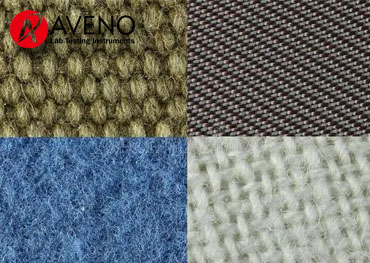
17 Jun, 2022
Fabrics are products made of yarn (thread) or fiber, mainly including woven fabrics, knitted fabrics and nonwoven fabrics. Woven fabrics are products made of two groups of mutually perpendicular yarns (threads) interwoven on the loom, such as common plain cloth, gabardine, khaki, satin, etc. The yarn arranged along the length of the fabric is called warp, and the yarn arranged along the width of the fabric is called weft. By changing the raw materials, thickness and organizational structure of the yarn or using different colored yarns to cooperate with each other, different warp and weft yarns are interwoven with each other, and fabrics of different styles and uses can be woven. These fabrics can be divided into clothing fabrics, decorative fabrics and industrial fabrics. A. Classification of woven fabrics for clothing Woven fabrics for clothing are usually classified according to whether the raw material yarn is dyed or not, fabric pattern and width. 1. According to the type of raw materials (1) Pure textile fabrics: The warp and weft yarns are all fabrics made of the same fiber raw material, such as cotton fabrics, linen fabrics, wool fabrics, silk fabrics, etc. (2) Blended fabric: warp and weft yarns are fabrics made of yarns mixed with two or more fibers, such as polyester / cotton fabrics, wool / polyester fabrics, polyester / linen fabrics, wool / polyester / nitrile fabrics and medium length fabrics. (3) Interwoven fabrics: fabrics made of different raw material yarns for warp and weft, such as silk-wool interlacing, cotton and viscose filament interlacing, silk and viscose filament interlacing and other interwoven fabrics. (4) Interlaced fabric: The warp and weft yarns are woven from two or more different raw materials combined with synthetic strands. 2. Classification according to whether the yarn is dyed or not (1) Natural color fabric: the yarn is processed into fabric without bleaching and dyeing, which is directly sold or processed into finished products after dyeing and printing. (2) Yarn dyed fabric: a fabric made of bleached and dyed yarn. 3. Classification by fabric pattern (1) Plain fabrics: fabrics without patterns, such as various plain fabrics, twill fabrics, satin fabrics, etc. (2) Small patterned fabric: the pattern fabric with small area is formed on the fabric through the change of fabric structure, such as various tweeds. (3) Jacquard fabrics: fabrics with a wide range of patterns formed by controlling a single warp, such as floral satin. 4. According to the width of fabric, it can be divided into wide fabric, narrow fabric and belt fabric. B. Classification of decorative woven fabrics Decorative fabrics are available in a wide variety, usually divided by application. (1) Bedding: such as quilt cover, quilt cover, bed sheet, towel quilt, pillow towel, etc. (2) Furniture cloth: such as sofa cover, chair cover, etc. (3) Indoor articles: such as curtain cloth, wall covering, carpet, curtain fabric, etc. (4) Dining room and ...
read more






 +8615280858852
+8615280858852




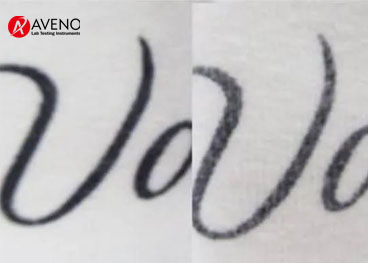
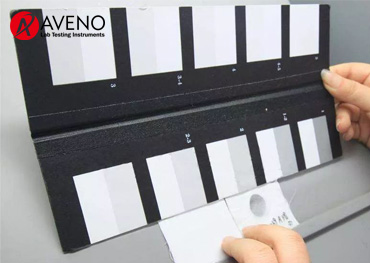
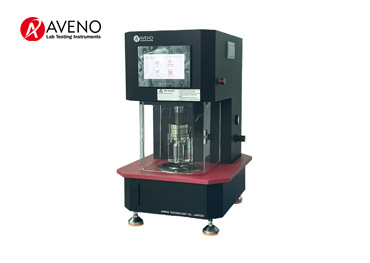

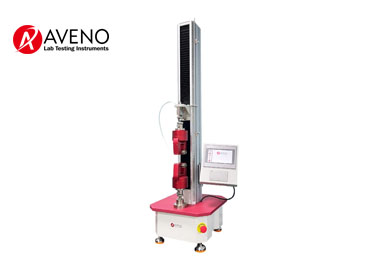
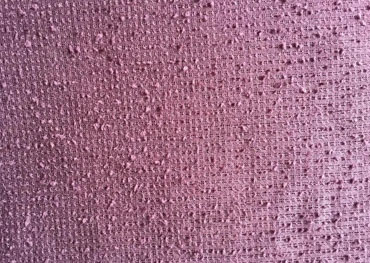
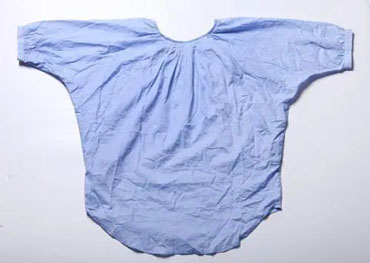
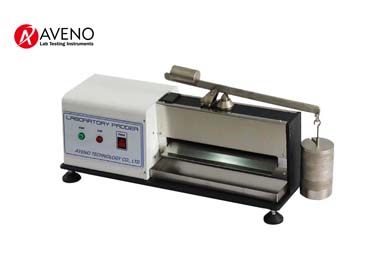

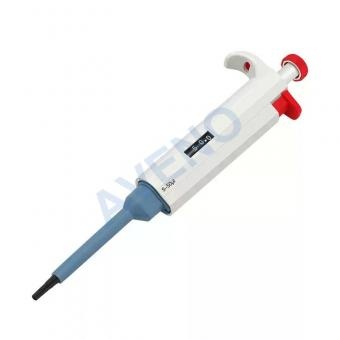
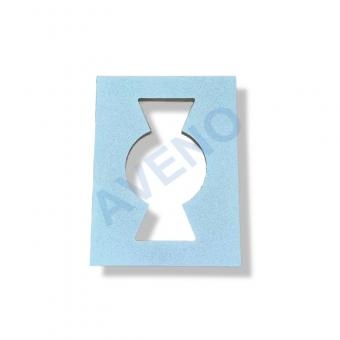
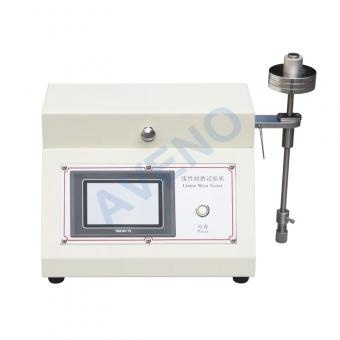
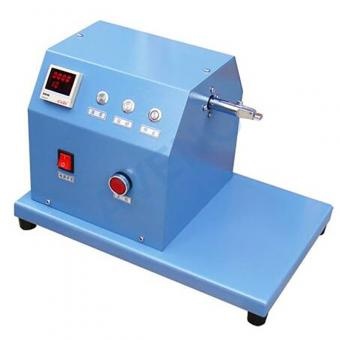
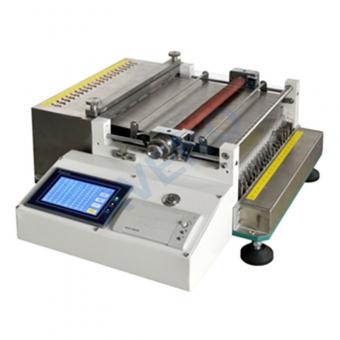

 Oct 06, 2025
Oct 06, 2025
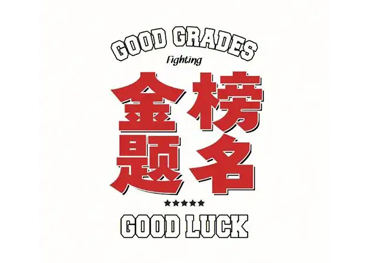




 online service
online service +8615280858852
+8615280858852
 +8615280858852
+8615280858852